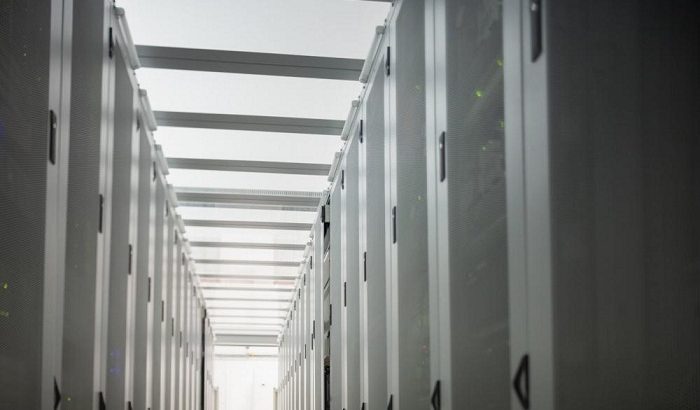One of the most important considerations for DR planners when creating and implementing a disaster recovery plan is the selection of the DR site. The type of DR site you choose for your business determines the IT operations’ restoration time in the event of a disaster, and eventually impacts the revenue lost to downtime.
Naturally, you will want to invest in a DR site that minimizes the restoration time, but such solution also requires significant investment. This might not be feasible for you. Hence, as a DR planner you would need to work out a solution that offers the right balance between your needs and your budget.
For you to make the right decision, you need to know about the different DR site options available at your choice.
Disaster Recovery Sites – What Options Do You Have?
There are three types of disaster recovery sites: namely cold, warm and hot sites. Below, we explain what each offer in terms of infrastructure and functionality.
Cold Sites
The deployment of cold sites characterizes a minimalistic approach to disaster recovery. A cold site comes equipped with basic infrastructure that includes power, cooling and heating and means of providing network connectivity. It is the cheapest available option.
However, the primary issue with choosing a cold site as your DR site is that the recovery process for cold sites often spans over a duration of days and weeks. This is because you have to procure the necessary backup and recovery hardware in the event of a disaster, not made available beforehand at the site.
Warm Sites
Warm sites offer more than just basic infrastructure. Along with power, cooling and heating and network connectivity systems, they also come equipped with hardware needed to perform a recovery operation. However, the available hardware is not functionally integrated into the restoration system. It may or may not be loaded with an operating system, and the data is usually stored on backup tapes that are not yet configured. It’s only when a disaster strikes that warm sites are configured for activation.
Warm sites require less time in restoration as compared to cold sites, but activation window may still extend over several days, which can be inconvenient for some businesses, such as financial institutions.
Hot Sites
Hot sites essentially serve as mirrors of your primary data center, equipped with everything you need to get your operations back on line within seconds. They offer recovery in real time by having installed hardware that is pre-uploaded with operating systems, supporting applications as well as copies of mission-critical data.
Hot sites are most expensive form of DR site deployment. Some hot sites also have an office space for you to move your employees to in case where the primary site might have been severely affected from a disaster.
So, which of the above three stated site options suits you best?
Still struggling to make a decision? Feel free to reach out and our expert IT service professionals in Austin would be happy to guide you. We have helped many small businesses in Austin with our managed IT services and can help you as well.
